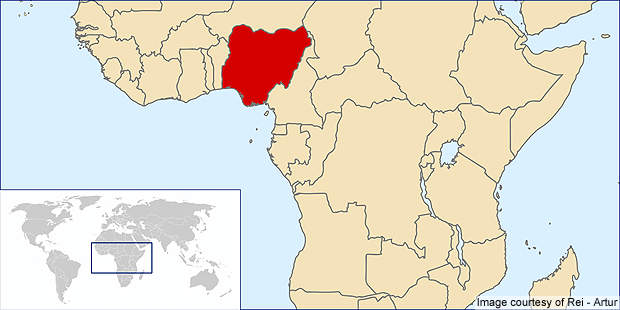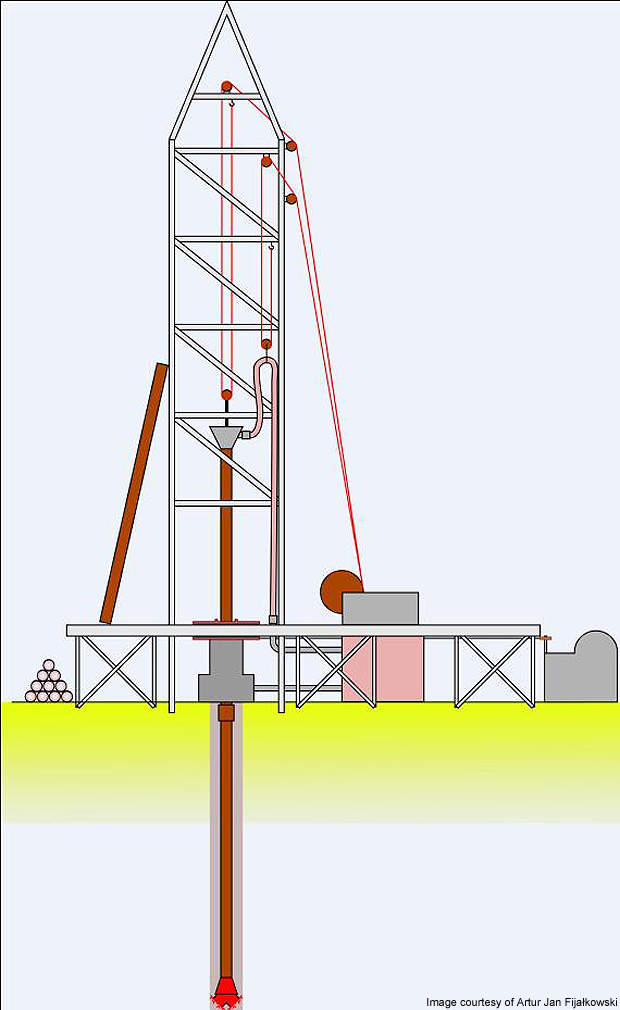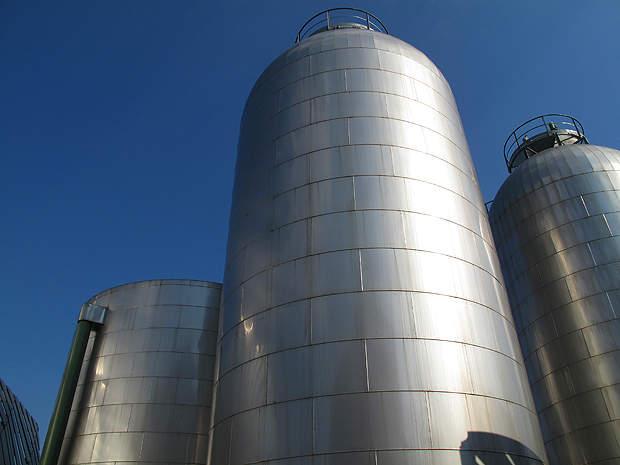The Akepo field lies at a depth of 27ft in oil mining licence (OML) 90 off the south-east coast of Nigeria. Sogenal is operator of the field and holds 60% interest. Oando Exploration and Production holds the remaining 40% interest in the field.
The field is expected to come online in February 2013 with an initial production of 2,000 barrels of oil per day. Sogenal aims to increase production to 10,000 barrels of oil per day in the first three years of production.
Akepo discovery
The Akepo field was discovered by Chevron Nigeria in partnership with NNPC. The field lies near proven oilfields and infrastructure, which are connected to the oil export terminal at Forcados, Nigeria.
Chevron drilled a discovery well, Akepo-1, which struck 107ft of net oil pay in 1993. The well was sidetracked as Akepo-1ST and struck 150ft of net oil pay and 110ft of net gas pay. Both wells were not tested, but analogous reservoirs located near the field produced at rates of 2,000-4,000 barrels of oil per day.
Akepo reserves
The total proven reserves of the Akepo field are estimated at 81 million barrels. The probable reserves are estimated at 410 million barrels and possible reserves at 1.243 billion barrels.
Akepo field development
In 2003, Sogenal was awarded 100% interest and the licence to operate the Akepo field. Exile entered into an agreement with Sogenal in 2006 and acquired a 40% interest in the field. Sogenal’s initial development plan for the field included the re-entry, completion and testing of the Akepo-1ST discovery well.
In 2008, Sogenal and Exile completed a second phase environmental study required for commencing drilling at the field. The engineering studies for drilling and testing of the discovery well were also completed. In addition, the engineering and development work for the field was started.
A 3D seismic survey was already available for the field, which helped in examining the Akepo field’s reserve base. It also helped in identifying future prospects near the field.
Oando took over Exile’s 40% equity share in the field.
Akepo field infrastructure
In October 2009, Exile contracted Noble Drilling’s Lloyd Noble drilling rig to carry out drilling and testing of the Akepo-1ST discovery well. Lloyd Noble arrived at the Akepo field in November 2009 and conducted drill stem tests (DST) on three reservoirs, which proved flowing hydrocarbons.
The D6 sand was tested at 1,200 barrels of oil per day and the D1 sand was tested at 1,170 barrels of oil per day.
After completion of the programme, Akepo-1ST was successfully proven from the D6 sand at 1,789 barrels of oil per day.
Due to insufficient tank capacity, tests on the D1 and C1 sands could not be completed.
The drilling and testing programme was carried on from November to December 2009. The appraisal of Akepo field was successfully completed in January 2010. The Lloyd Noble rig was subsequently demobilised from the field.
Additional development work carried out in 2009 included a geotechnical survey of the area near the Akepo-1 well. Exile and Sogenal also signed a memorandum of understanding with a facility owner to use an FSO for handling the crude oil.
Pipeline
Nigerian Agip Oil Company (joint venture of Eni, Conoco Phillips, and the Nigerian National Petroleum Corporation, NNPC) is in talks with Sogenal to sign a contract for processing and selling the oil produced at Akepo. If approved, Sogenal will construct a 5km onshore and a 10km offshore pipeline to transfer oil from Akepo to the Benigboye facility near Warri.
Contracts for the Akepo field
Nigeria-based Oilfield Environment Support Services ltd (OESSL) was contracted to carry out the second phase environmental study of the Akepo field. OESSL used a marine vessel and completed the study on time and within budget.










